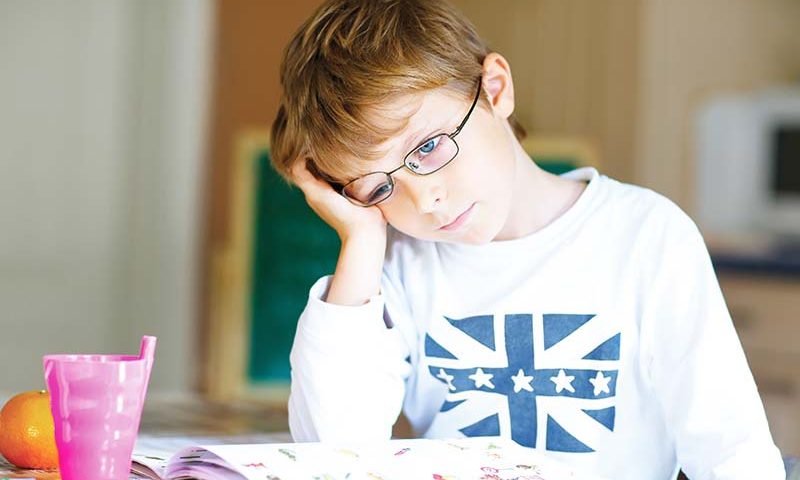
Myopia (short-sightedness) in children is a serious health issue in Hong Kong. Research shown that the prevalence of myopia (-0.50D or above) for Hong Kong children aged 6 and 12 was 18.3% and 61.5% respectively.
Such worrying figures indicated that Hong Kong is one of the places in the world with the highest number of myopic children. In fact, blurred vision caused by myopia can be easily managed by using concave lenses.
However, the major concern is children myopia will keep progressing in accord with the growth of the eyeball, high myopia (-6.00D or above) has been proven to associate with various eye diseases, such as glaucoma, cataract and retinal detachment. Therefore, it is important to control myopia from progressing rapidly in children, ways that are with scientific support for slowing down the myopic progression are as follows:
1. Orthokeratology (Ortho-k)
What is ortho-k?
Ortho-k is an optical method for vision correction for myopes. The effect is due to changes of the corneal shape using specially designed rigid gas permeable lenses. It is a temporary measure and nighty ortho-k lens wear is necessary to maintain the effect.
Once lens wear is discontinued, the myopic corrective effect will be lost. Scientific research has proven ortho-k can slow down the myopic progression in children by about 50% per year when compared to children just wearing single vision optical lenses.
Who is suitable to wear ortho-k lens?
- Children at least with 7 years of age, better with 8 years of age.
- Myopia below -5.50D and astigmatism below -1.50D. If the myopia or astigmatism is above the limit, children may need to wear spectacles in day time to correct the residual refractive error.
- Children who have very rapid myopic progression, -0.75D to -1.00D progression or above per year is considered as fast.
- Adults who are not suitable in performing LASIK or have very dry eye when wearing contact lenses.
Wearing any type of contact lenses will increase risk of corneal infection, ortho-k wearers and parents should strictly follow the instructions given by the optometrist to ensure good ocular health.

2. Low Dose Atropine
There is scientific research showing that the myopic progression in children who used low dose atropine every night was slower those who did not by about 50-60% per year. Atropine is a pupil dilation eye drops and has to be prescribed by ophthalmologists. Long term use may lead to photosensitivity, reduced intra-ocular muscle strength, pupil dilation and some unknown ocular health issues.
3. Bifocal or Progressive Multifocal Glasses
Results of research using multifocal glasses in an attempt to slow down the myopic progression vary from 15% to 40% per year. Such a high discrepancy may be due to the fact that children are less compliant to use the lower reading portion of the multifocal glasses when doing near work.
4. Specially Designed Daily Disposable Soft Contact Lenses
Using a contact lens design known as “Peripheral Defocus”, research shown that it can slow down the myopic progression by about 30% per year. The disadvantages are inability to correct astigmatism and increase risk of corneal infection.
5. Having Good Visual Hygiene
Apart from the above optical and pharmacological methods, different literature has pointed out that outdoor activities and appropriate amount of sunlight exposure can slow down the myopic progression.
Parents should also always remind their kids the 20-20-20 rules, which is every 20 minutes of near work, focus something 20 feet away for at least 20 seconds. Too much near work is definitely one of the main culprits causing rapid myopic progression.
By Paco Chan, Registered (Part I) Optometrist
Eyecare information by Swisscoat Vision Centre
Address : G/F Yuen Yick Building, 27-29 Wellington Street, Central, Hong Kong
Appointment :+852 3579 4763
Website : www.swisscoat.com
